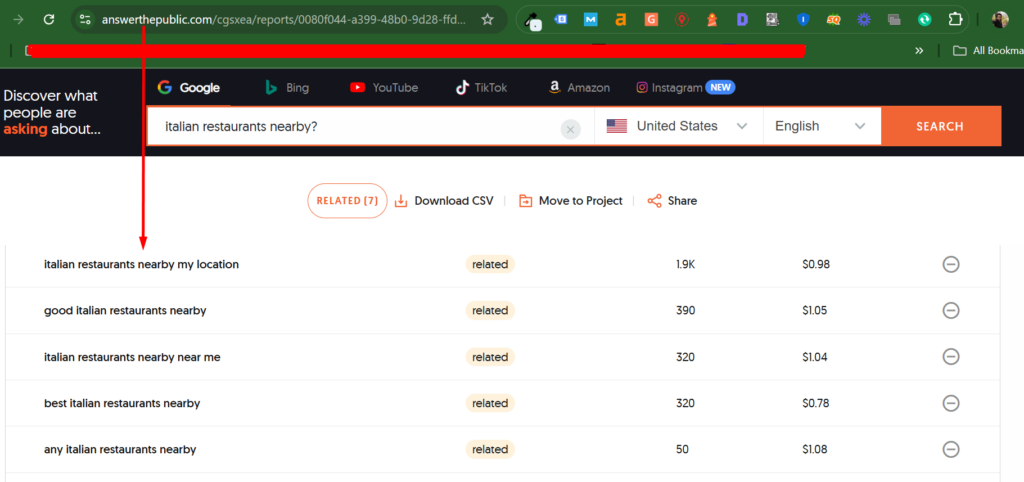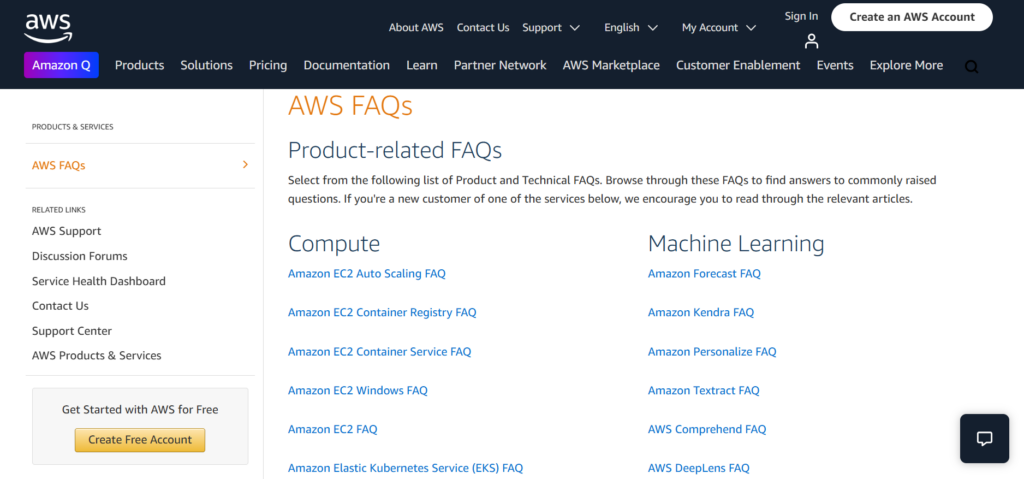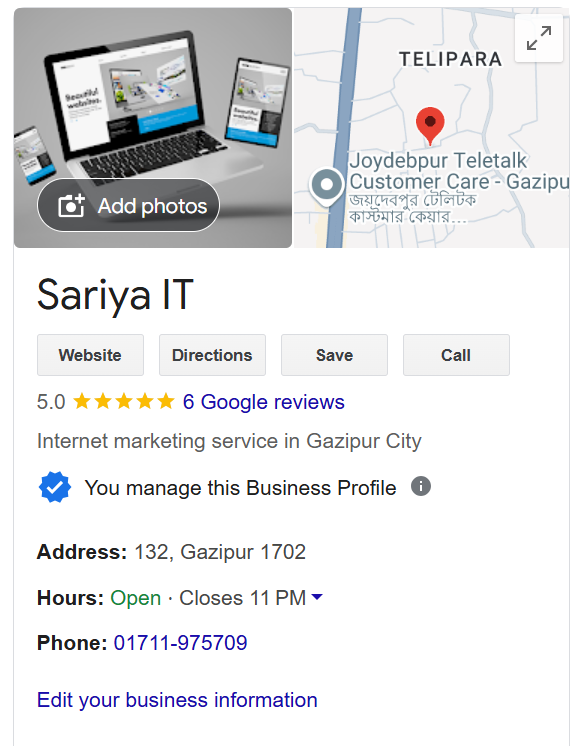Remember when typing queries into search engines was our primary way to find information online? Those days are largely over. With the explosive growth of smart speakers, virtual assistants, and voice-enabled devices, voice search has transformed how people interact with technology. Voice search isn’t just a trend; it’s becoming the norm, with studies showing that 55% of households are expected to own a smart speaker by 2025 (source: Statsta).
With this shift, Optimizing your website for voice search is more important than ever. In this article, we’ll explore seven powerful strategies for voice search optimization to ensure your content remains discoverable and relevant.
Table of Contents
1. Focus on Long-Tail Keywords and Natural Language
Voice search differs significantly from traditional text-based searches, with users favoring conversational, question-based queries. For example, people tend to say “Where can I find Italian restaurants nearby?” rather than “best Italian restaurants.”

To capitalize on this trend, adjust your keyword strategy:
- Target Long-Tail Keywords: Focus on longer, conversational phrases, like “How to fix a cracked phone screen.”
- Leverage Question-Based Keywords: Use tools like AnswerThePublic or SEMrush’s Keyword Magic Tool to find common questions in your industry.
- Check Google Search Console: Analyze user queries that led to your site, paying attention to question-based searches.
Incorporating these natural language phrases into your content boosts your chances of ranking for voice search queries, allowing you to attract more targeted traffic. To identify relevant long-tail keywords:
2. Optimize for Featured Snippets
Featured snippets, often known as “position zero,” are the concise answer boxes at the top of search results and a frequent source for voice search answers. Here’s how to optimize your content for snippets:

- Answer Direct Questions: When creating content, anticipate the questions your audience might ask. Provide concise, direct answers.
- Use Headers and Lists: Structure your content with clear headings, subheadings, and use bullet points or numbered lists to increase readability.
- Add Relevant Data: Supporting your answers with statistics or key insights improves credibility.
Example:
For an article on “How to improve website speed,” a simple, structured answer like this could increase your chances of being featured:
“To improve website speed, compress images, use browser caching, minimize CSS and JavaScript, and enable GZIP compression.”
Using structured, easily digestible answers enhances both user experience and your chances of securing featured snippets.
3. Improve Page Loading Speed
Speed is crucial in voice search, where users expect immediate results. Studies show that 53% of mobile users abandon sites that take longer than three seconds to load (source: Google). Improving page load time is essential for voice search success.

Consider these methods:
- Compress Images: Use tools like TinyPNG to reduce image sizes without sacrificing quality.
- Browser Caching: Store static resources on users’ devices for faster loading on subsequent visits.
- Combine CSS/JavaScript: Minimize and merge files to streamline load times.
- Content Delivery Network (CDN): CDNs serve content from servers closer to users, speeding up delivery.
Test your site’s speed using Google PageSpeed Insights or GTmetrix. Regularly optimizing for speed can improve both voice search visibility and user engagement.
4. Create FAQ Pages
FAQ pages are particularly effective for voice search optimization because they align with question-based voice queries. When building FAQ pages:

When creating FAQ pages:
- Research Industry Questions: Find common questions in forums, customer reviews, or tools like AnswerThePublic.
- Use Conversational Language: Write in a way that mimics how users ask questions verbally.
- Structure with Headers: Use H1, H2, and H3 tags for organization and clarity.
Creating dedicated FAQ pages for different product categories or services allows you to cover a broad spectrum of voice search queries while maintaining an organized site structure.
5. Optimize for Local SEO
Many voice searches have local intent. For example, a user might ask, “Where’s the nearest coffee shop?” Enhancing your local SEO can help you capture this traffic:

- Claim Google My Business: Update your business information, including address, hours, and photos.
- Ensure NAP Consistency: Keep your name, address, and phone number (NAP) consistent across all listings.
- Use Location-Specific Keywords: Add keywords like “near me” or your city in content.
- Encourage Reviews: Positive reviews increase credibility and can improve local rankings.
Optimizing for local search improves your chances of appearing in “near me” queries, essential for businesses with physical locations.
6. Use Schema Markup
Schema markup, or structured data, helps search engines interpret your content and can make it more likely to be featured in voice search results. Although it doesn’t directly impact rankings, schema can improve visibility.

Types of Schema to Implement:
- Local Business: Include details like address, business hours, and reviews.
- FAQ Schema: Especially valuable for FAQ pages, making them eligible for featured results.
- Product and Event Schema: Useful for e-commerce sites or event organizers.
Use Google’s Structured Data Markup Helper to generate the code, then verify it with Google’s Rich Results Test. Structured data helps search engines understand your content’s context, increasing the chance it will be selected for voice search answers.
7. Optimize for Mobile
Most voice searches occur on mobile devices, so a mobile-friendly website is vital. Google’s Mobile-First Index prioritizes mobile-friendly sites in search results, which impacts voice search visibility.

To optimize for mobile:
- Responsive Design: Ensure your site adjusts to different screen sizes.
- Readable Fonts: Use easy-to-read fonts that don’t require zooming.
- User-Friendly Navigation: Keep buttons tappable and avoid intrusive pop-ups.
- Optimize Media: Compress images and videos for faster loading.
Check your site with Google’s Mobile-Friendly Test to identify areas for improvement.
Conclusion
Voice search optimization is essential for businesses looking to stay competitive in 2025. By working with an experienced SEO Service Agency and implementing these seven strategies—focusing on long-tail keywords, optimizing for featured snippets, improving speed, creating FAQ pages, enhancing local SEO, using schema markup, and optimizing for mobile—you can effectively capture valuable voice search traffic.
Voice search is dynamic, so it’s crucial to monitor performance regularly, stay updated on trends, and adjust your strategy as voice technology evolves. Partnering with a trusted SEO Service Agency can help ensure your site is optimized to rank well, providing a strong foundation for online growth and improved user experience.






